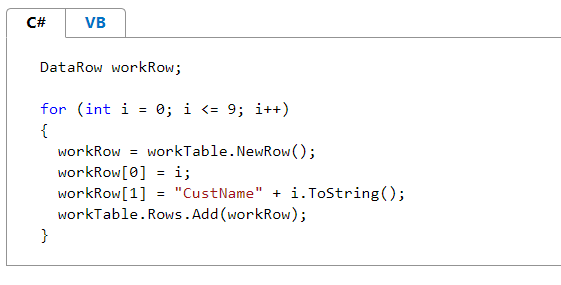Solutions
CLOUD BASED ERP
Dynamics 365 Business Central
Enavate Xcelerate for D365 BC
Vinpoint for Wineries
Dynamics 365 Finance and Operations
Dynamics 365 Finance
Dynamics 365 Supply Chain Management
TRADITIONAL ERP
Dynamics GP
GP Support & Upgrades
Dynamics GP Health Check
Move GP to the Cloud
Migrate GP to Dynamics 365
Dynamics SL
Dynamics SL Health Check
Dynamics NAV
Dynamics NAV Health Check
CLOUD HOSTING
Microsoft Azure
CRM
Dynamics 365 for Sales
PRODUCTIVITY
Microsoft Power Platform
Power BI
Services
.png)
YOUR NEEDS
Get ERP Support
ERP Implementation
Upgrade My ERP
Managed ERP
CRM Implementation
Reporting and Analytics
Software Integration
.png)







 4 years of experience as a Senior Software Development Engineer at
4 years of experience as a Senior Software Development Engineer at 
